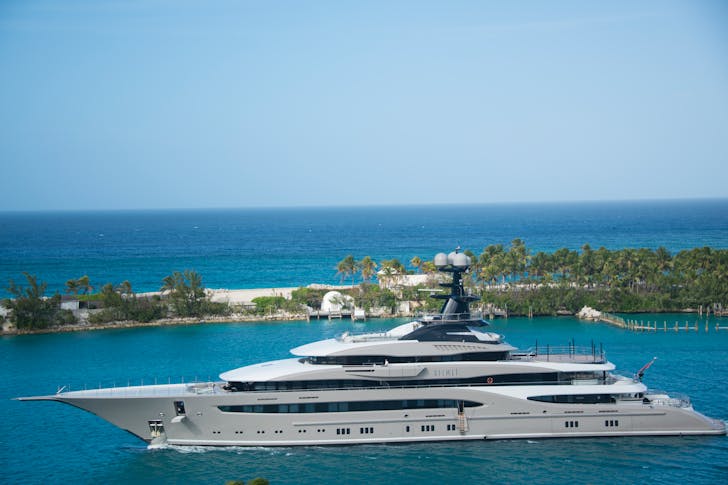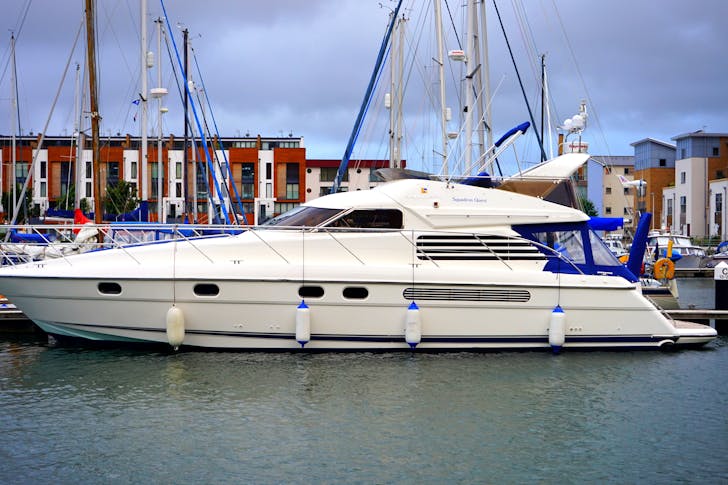The superyacht world isn’t what it used to be. Today’s elite want full-blown, high-seas experiences. Private chefs, remote islands, floating spas, and last-minute getaways are the new standard.
In 2024, the global yacht charter market sat at $16.27 billion. In 2025, it is expected to hit $17.18 billion. By 2029, it could surge past $21.8 billion. Some forecasts go further, showing a jump from $6.5 billion in 2023 to $12.8 billion by 2033.
The shift explains how the rich now want to travel. They want privacy, flexibility, and options. Post-pandemic, the demand for exclusive, low-contact travel shot up, and superyachts became the ultimate escape hatch. No crowded hotels, no waiting lines, no schedule restrictions. Just open sea and total control.
What is Fueling the Superyacht Boom?
The superyacht charter scene isn’t just built on wealth. It is built on shifting expectations. Travelers today want their yacht to be more than a luxury toy. They want it to offer purpose and personalization. Think wellness weeks, diving with marine biologists, or chasing the Northern Lights from the deck.
Booking habits have also flipped. Clients used to book months in advance. Now, many want it fast and flexible. Shorter trips, last-minute bookings, and custom itineraries are the norm. Yacht operators and brokers have had to pivot.

Diego / Pexels / The classic charter routes still have their pull. The Mediterranean in the summer. The Caribbean in winter. But the map is expanding.
Greece now tops the list for summer 2025 charters, followed closely by Croatia. Eastern Europe’s coastlines are pulling in serious traffic.
In winter, the Caribbean still rules, but explorers are branching out. Southeast Asia, the South Pacific, and even polar routes are heating up. These aren’t places packed with beach clubs and night scenes. They are wild, remote, and stunning. And that is exactly the point.
A Fleet That Fits the Moment
Not every superyacht has to be 300 feet long with a helipad. The fleet is getting more diverse, and that’s a good thing. Smaller yachts in the 30 to 40-meter range are making waves. They are sleek, less expensive, and can slip into tighter spots along the coast. Clients love the flexibility.
Large catamarans are also gaining fans. They are stable, spacious, and cost-efficient. Plus, they can anchor in shallow waters that monster yachts can’t reach. Tech is also coming on board. Hybrid propulsion, solar panels, and other eco-friendly options are being requested more, especially by younger charter clients who care about sustainability, even when they are spending seven figures.
What a Week at Sea Really Looks Like?
If you are wondering what kind of lifestyle this is, here is a peek:
One Silicon Valley mogul dropped $250,000 for a week on a Lamborghini Tecnomar in the French Riviera. Just him, a few friends, and endless rosé. Another client dropped $2 million on a 10-day charter off the South of France, complete with an onboard spa, infinity pool, and a helipad for daily getaways.

Mike / Pexels / The superyacht charter industry is changing fast. Clients are younger, savvier, and more experience-hungry.
Then there is the Arctic crowd. A 300-foot superyacht slicing through the Norwegian fjords costs $500,000 a week. Want to cross the Atlantic in one of these giants? That is $1 million in fuel, each way.
With more ultra-high-net-worth individuals, a growing charter fleet, and a stronger push toward tailored experiences, this boom shows no signs of slowing. Brokers, owners, and builders are adjusting to a new era where the yacht is just the start. What happens on it is what really counts.





